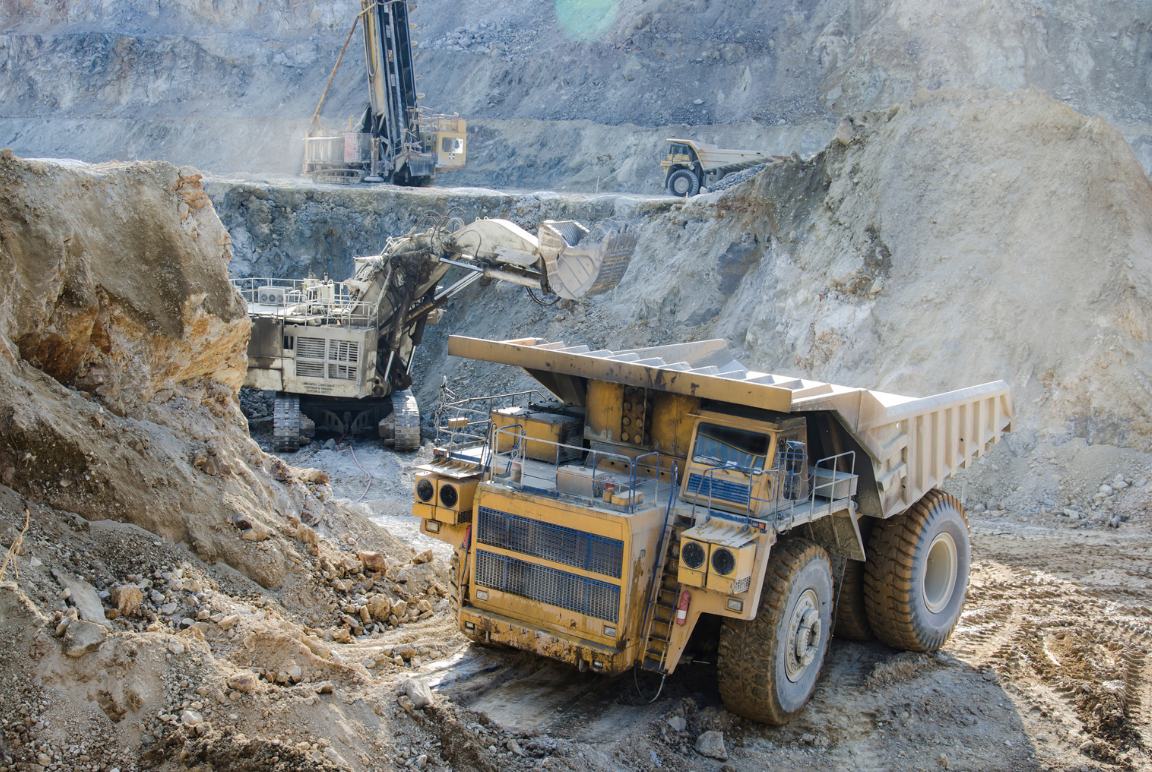Cobre Panamá, the largest such mine in Central America, had been infamous for threatening forest ecosystems, ruining local drinking water, and aggravating regional poverty at least since 2011, when a previous president of Panama sought to strip the Indigenous Ngäbe-Buglé people of their autonomy so that foreign companies could exploit their land.
In response, Canadian Dimension reported, “Panamanians rose up, demanding the annulment of mining and hydroelectric concessions on Indigenous territory.” Protesters blocked the mine entrance in an action that turned violent amid a heavy-handed government crackdown. The Panamanian government eventually caved, claiming mining would not take place on Ngäbe-Buglé lands after all.
The 2023 mass demonstrations, which Al Jazeera called Panama’s “largest protest movement in decades,” left the nation “in a state of siege,” emptying hotel rooms, grocery shelves, and gas pumps. Protesters “have demanded a greater share of profits from foreign mining activity, the protection of Indigenous rights, and stronger environmental regulations,” Canadian Dimensions reported.
These demands, which extend in scope beyond the operation of any single mine, are ongoing, and have special resonance in the nation with jurisdiction over the Panama Canal, and hence a significant chunk of global trade.

